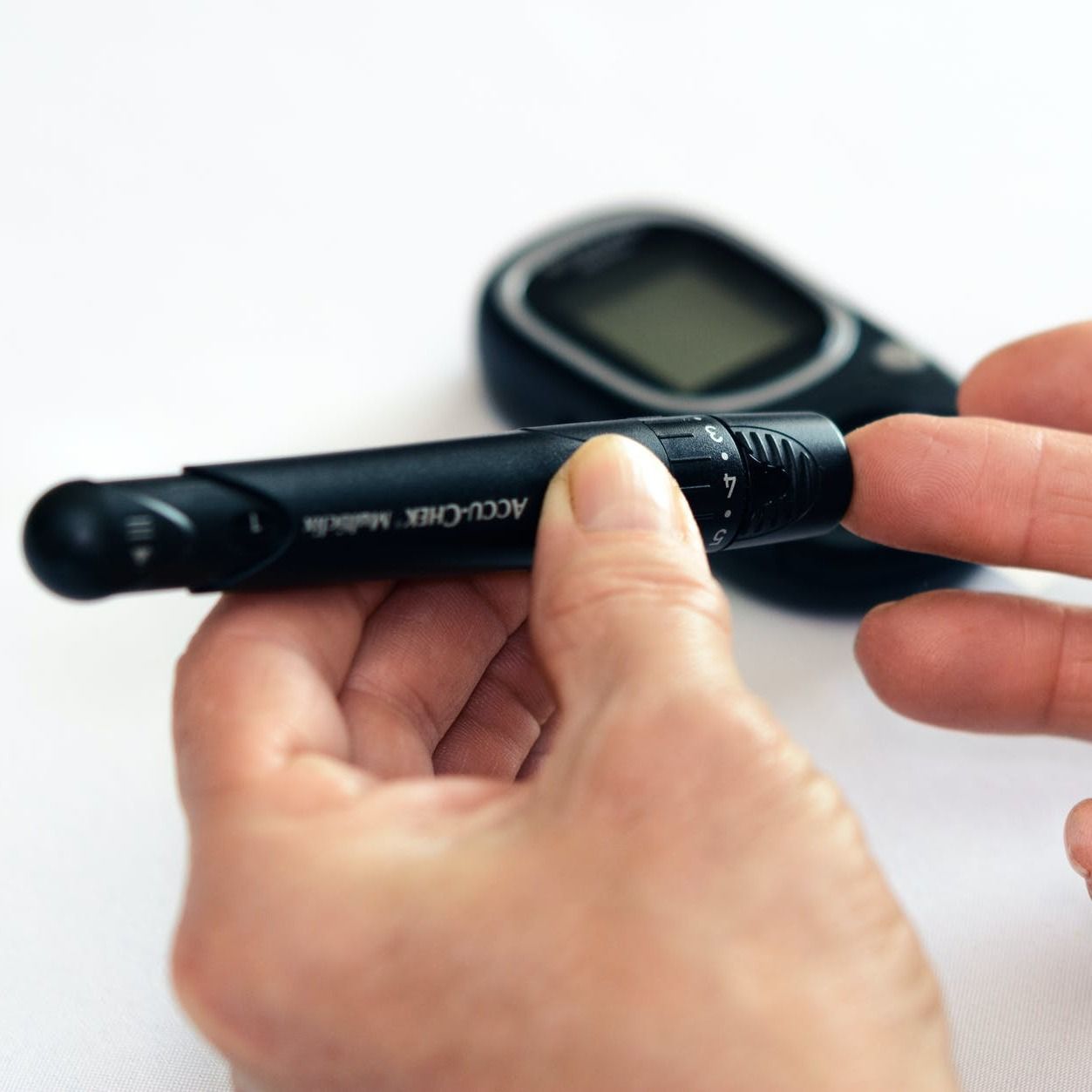Article
Long-acting Insulin Analogs for Type 2 Diabetes May Lower Hypoglycemia Severity
Author(s):
Patients ≥65 years using glargine or detemir, rather than NPH insulin, had lower risk of hospitalizations or emergency department visits due to hypoglycemia.

Long-acting insulin analogs, like glargine or detemir, reduced risk of severe hypoglycemia in older patients with type 2 diabetes when compared with neutral protamine Hagedorn (NPH), according to findings from a new study.
“Previous studies have found that the risk of severe hypoglycemia does not differ between long-acting insulin analogs and NPH insulin in patients with type 2 diabetes,” the study investigators wrote.
“However, these studies did not focus on patients 65 years or older, who are at an increased risk for hypoglycemia, or did not include patients with concomitant prandial insulin use,” they continued.
The investigative team, led by Marie Bradley, PhD, MPharm, MScPH, Center for Drug Evaluation and Research, US Food and Drug Administration (FDA), conducted a retrospective, cohort study of 575,008 Medicare beneficiaries.
Bradley and team thus examined the risk of emergency department visits or hospitalizations for hypoglycemia among those who initiated long-acting insulin or NPH insulin, the primary outcome of the study.
Risk for Hypoglycemia
A total of 407,018 patients had initiated gargene, 141,588 inititated detemir, and 26,402 initiated NPH insulin between January 1, 2007-July 31,2019.
“Patients were excluded [from analysis] if they were in a skilled nursing facility or nursing home, received their index prescription from a long-term care pharmacy, or were receiving hospice care on the index date,” the team noted.
“Kidney transplant recipients, patients undergoing dialysis in the year before index date, and anyone who entered Medicare for reasons other than age were also excluded.”
In their analysis, the investigators used propensity score-weighted Cox proportional hazards regression to estimate hazard ratios (HRs) and 95% confidence intervals (CIs). Additionally, the risk of recurring hypoglycemia events was estimated usiong the Andersen-Gill model.
Thus, Bradley and colleagues reported 7347 emergency department visits or hospitalization—of that total, 5194 used glargine, 1693 used detemir, and 460 used NPH insulin.
The median follow-up across the 3 cohorts was 0.37 years (interquartile range, 0.20-0.76).
“Compared with patients who initiated NPH insulin, those taking glargine and detemir had a reduced risk of ED visits or hospitalizations for hypoglycemia.” wrote the investigators.
“The adjusted HRs were 0.71 (95% CI, 0.63-0.80; P < .001) for glargine and 0.72 (95% CI, 0.63-0.82; P < .001) for detemir,” they reported.
After accounting for concomitant prandial insulin use, they indicated that the HR for hypoglycemia comparing glargine and NPH insulin was 0.99 (95% CI, 0.90-1.09; P = .85) during time taking prandial insulin.
During time not taking prandial insulin, the HR was 0.78 (95% CI, 0.67-0.87; P < .001).
For detemir versus NPH insulin, the HR during prandial insulin use was 0.96 (95% CI, 0.86-1.08; P = .53) and 0.78 (95% CI, 0.68-0.89; P < .001) during non-use.
“There was also evidence that the association of hypoglycemia with glargine and detemir may vary by age,” the team noted.
Conclusion
“In this new-user, active comparator cohort study, which included more than 575 ,000 insulin users, initiation of glargine and detemir use was associated with a nearly 30% lower risk of emergency department visits or hospitalizations for hypoglycemia compared with initiation of NPH insulin use, which translated to 9.3 fewer hypoglycemia events with glargine and 8.4 fewer with detemir per 1000 patient-years of treatment,” the investigators concluded.
They indicated, however, that concomitant prandial insulin use in type 2 diabetes treatment regimens may potentially increase complexity for lowering of hypoglycemia risk. As such, the team suggested they should be used with caution. Studies that further evaluate the influence of prandial insulin use are therefore warranted.
Among the study limitations were the generalizability to other age ranges, failure to capture hypoglyecimic events not leading to hospitalization, and the observational nature of the study.
The study, “Severe Hypoglycemia Risk With Long-Acting Insulin Analogs vs Neutral Protamine Hagedorn Insulin,” was published online in JAMA Internal Medicine.




